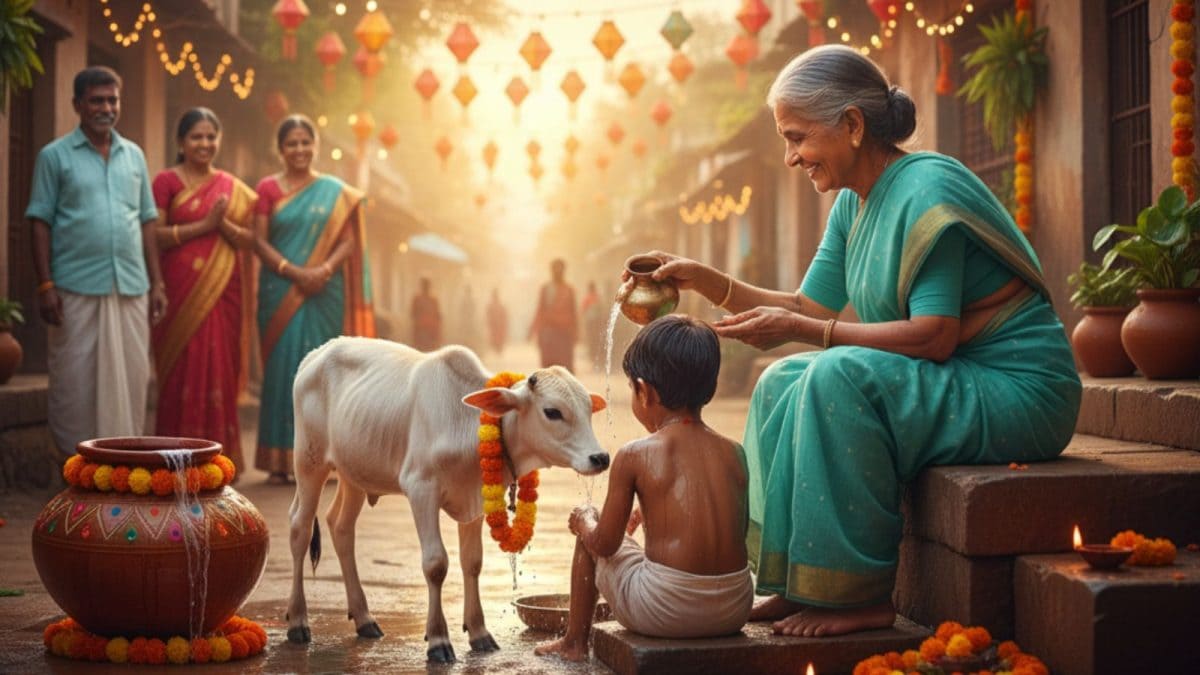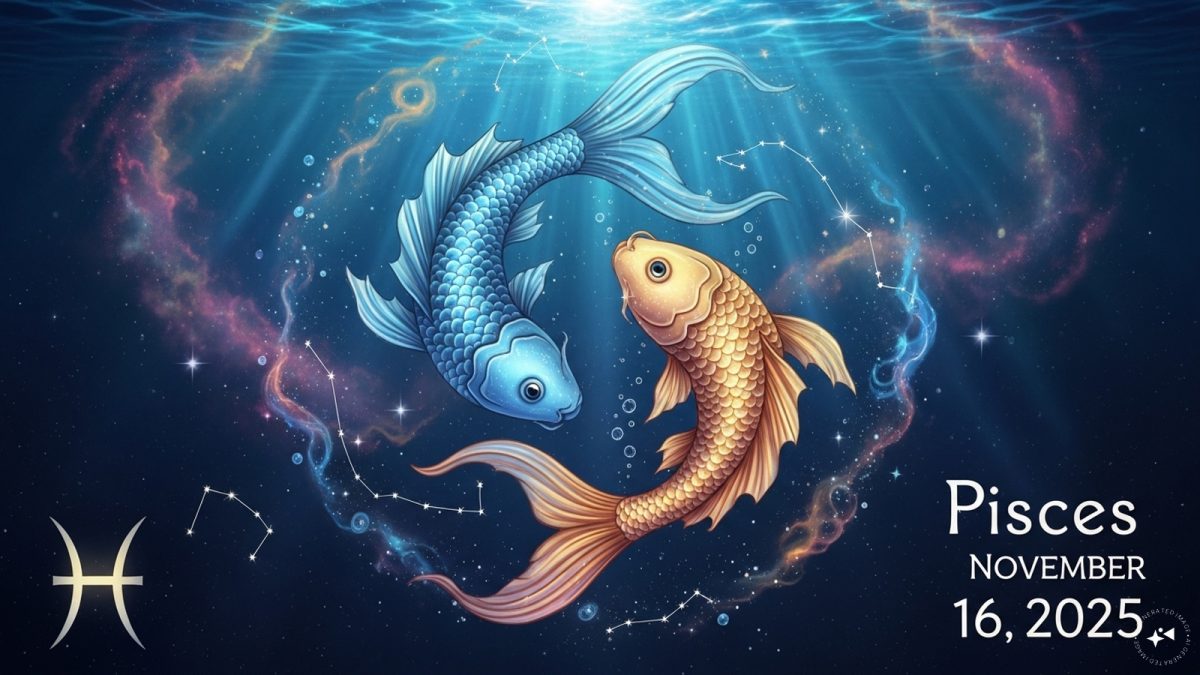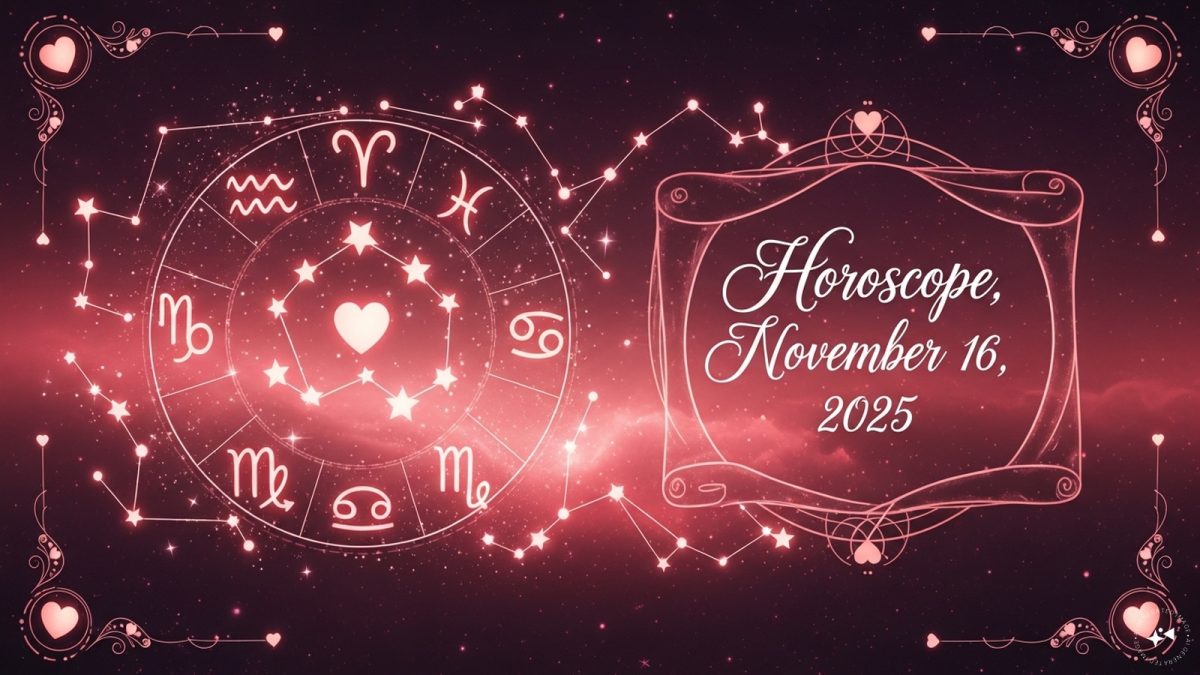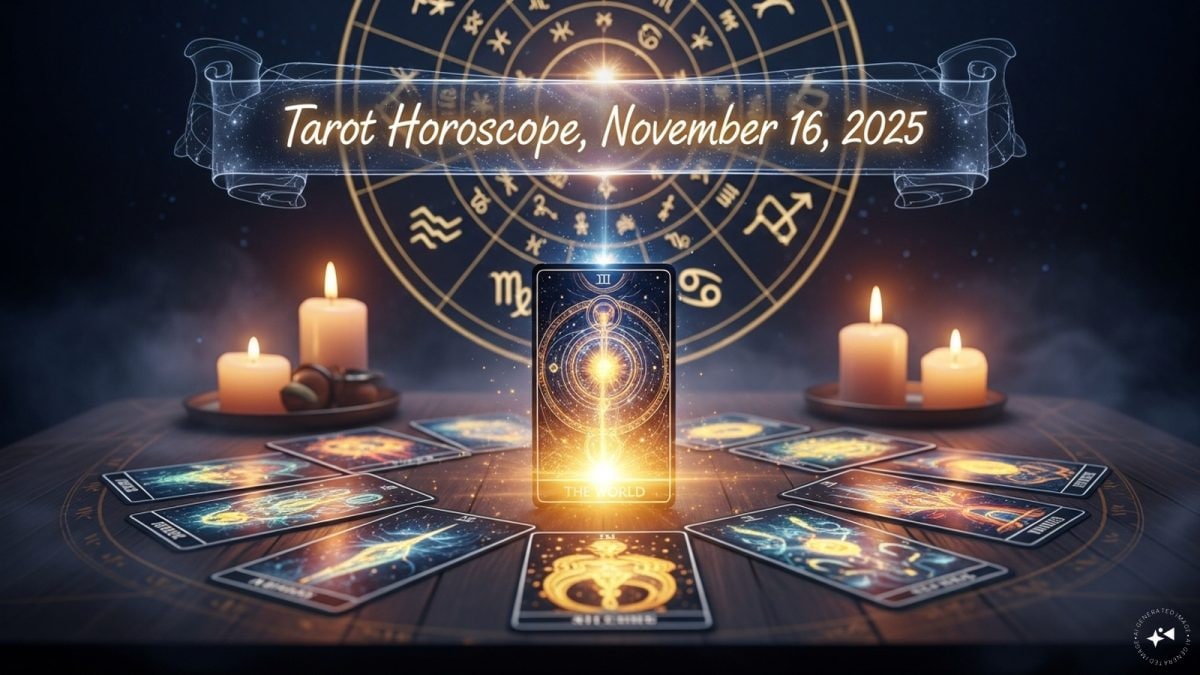Last Updated:
The disappearance of these traditions isn’t just about the loss of spectacle — it’s about the loss of local ecology, history, and inherited wisdom.

Families wake before dawn to take Ganga snanam or Enne Snana — a ritual oil bath. Sesame or herbal oils are warmed and applied to the body, sometimes mixed with turmeric or sandalwood (Image: AI)
When most of us think of Diwali, what comes to mind is a North Indian template – rows of diyas, bursts of crackers, boxes of sweets, and Lakshmi puja. But this dominant image barely scratches the surface of how Diwali has been and still is celebrated in parts of South India.
From cow dung fights to early morning oil baths and buffalo parades, the southern states bring a wildly different, deeply earthy, and highly symbolic set of rituals to the Festival of Lights. Some are still practiced, many are fading, and almost all have been forgotten by urban India.
The Cow Dung Fight Called Gorehabba
In Gumatapura, a village on the Karnataka-Tamil Nadu border, Diwali ends not with a quiet oil lamp but with cow dung flying through the air. Known as Gorehabba, this festival is held a day after Diwali and involves villagers gathering at the local temple, blessing cow dung, and flinging it at each other. The practice isn’t some prank, it’s rooted in the belief that cow dung is purifying and sacred.
This ritual is said to heal ailments, ward off bad luck, and cleanse negative energy. While it might draw gasps from outsiders, for locals, Gorehabba is a powerful mix of spirituality, community, and earthy joy. In some nearby villages of Tamil Nadu’s Erode district, similar practices continue, albeit with increasing restrictions due to hygiene and safety concerns.
The Buffalo Parades of Telangana
In Telangana, Diwali week also brings Sadar, a lively buffalo parade mostly celebrated by the Yadav community. Held two days after Diwali, this festival showcases elaborately decorated buffaloes – with horns painted, bodies oiled and shined, and garlands around their necks.
The buffaloes are paraded through the streets to the beat of drums, and in some cases even made to perform rearing stunts. Far from mere spectacle, Sadar is a display of pride in cattle culture. The buffalo is not just livestock here — it’s heritage, strength, and identity rolled into one.
Oil Baths, Ritual Cleansing and Temple Traditions
Across Tamil Nadu, Karnataka, and Andhra Pradesh, Diwali also marks an important day for purification. Families wake before dawn to take Ganga snanam or Enne Snana — a ritual oil bath. Sesame or herbal oils are warmed and applied to the body, sometimes mixed with turmeric or sandalwood.
This isn’t just hygiene, it’s symbolic cleansing, believed to wash away bad karma and invite blessings. Homes are scrubbed, thresholds are decorated with rice flour patterns (Rangoli/kolam), and lamps are lit with ghee. At some temples, special abhishekam rituals with sacred water and milk are performed for the deity, then distributed to devotees.
Forgotten But Still Echoing
While these customs were once widespread, urbanization, standardization of festivals, and migration have caused many to fade. Gorehabba now survives only in a few villages. Sadar faces pressure from urban animal rights concerns. Oil baths are often replaced by quick showers. Younger generations in cities are more familiar with fireworks and sweet boxes than their community’s specific rituals.
The disappearance of these traditions isn’t just about the loss of spectacle — it’s about the loss of local ecology, history, and inherited wisdom. The cow dung fights were rooted in agricultural cycles and beliefs about fertility and purification. The buffalo parades echoed pastoral pride and livestock reverence. The early oil baths spoke of a rhythm of rest, reset, and renewal.
What It Means for Modern India
As India becomes more urban, digital, and fast-paced, festivals are being reduced to Insta-friendly visuals and supermarket kits. But regional traditions like these remind us that festivals weren’t always about consumption. They were deeply local — tied to land, cattle, rivers, and communal life. They were messy, tactile, sensory, and slow.
For those seeking to reconnect with deeper cultural roots, these forgotten Diwalis offer not just nostalgia, but also alternative rhythms — of ritual, community, and earthiness. And as interest in sustainable, slow, and local lifestyles grows, perhaps it’s time to bring back these rituals — even if only in spirit.
October 19, 2025, 10:10 IST
Stay Ahead, Read Faster
Scan the QR code to download the News18 app and enjoy a seamless news experience anytime, anywhere.







